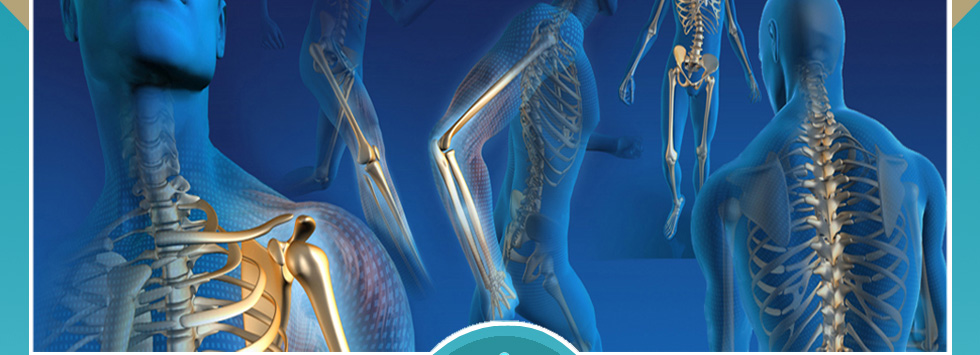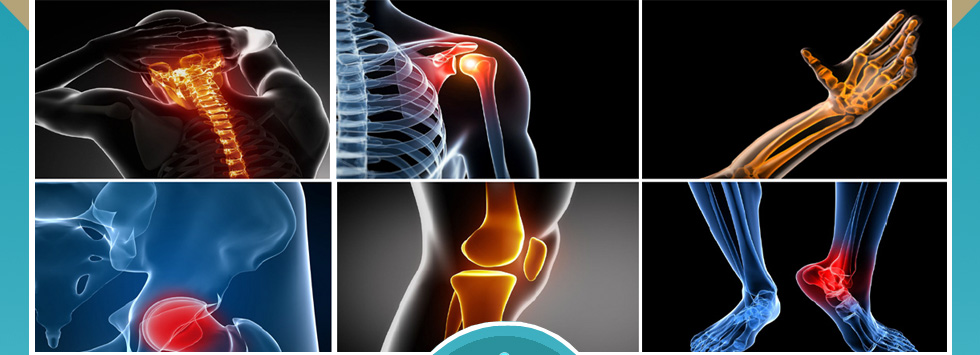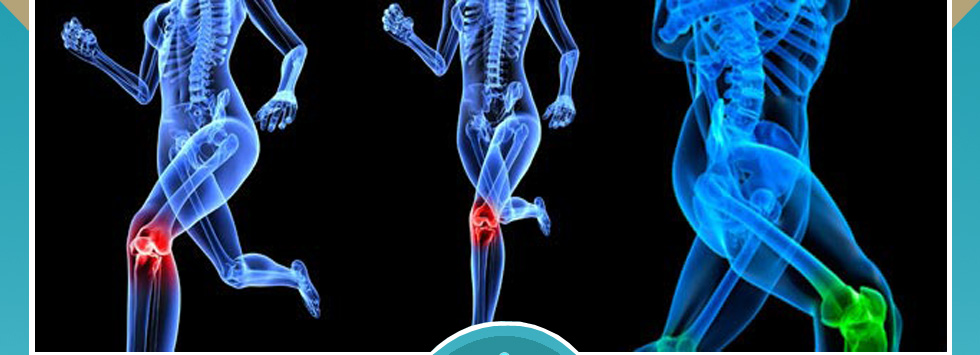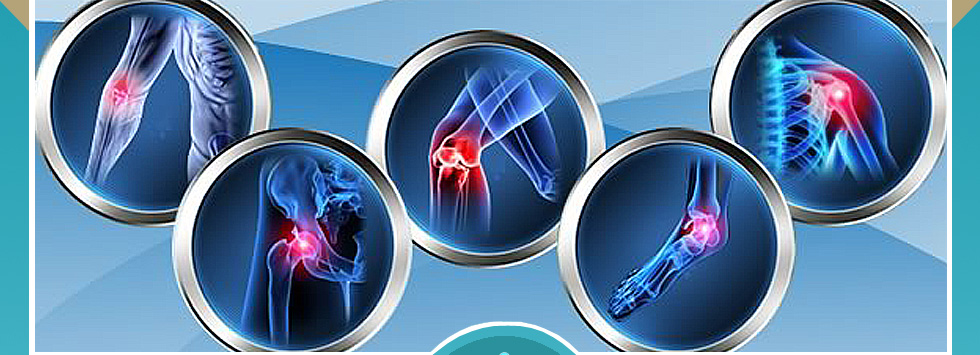



|
||||||||||||||
Shoulder arthroscopy
Shoulder arthroscopy is surgery that uses a tiny camera called an arthroscope to examine or repair the tissues inside or around your shoulder joint. The arthroscope is inserted through a small cut (incision) in your skin.
The rotator cuff is a group of muscles and their tendons that form a cuff over the shoulder joint. These muscles and tendons hold the arm in the shoulder joint and help the shoulder move in different directions. The tendons in the rotator cuff can tear when they are overused or injured.
During the procedure, the surgeon does:
- Inserts the arthroscope into your shoulder through a small incision. The scope is connected to a video monitor in the operating room.
- Inspects all the tissues of your shoulder joint and the area above the joint. These tissues include the cartilage, bones, tendons, and ligaments.
- Repairs any damaged tissues. To do this, your surgeon makes 1 to 3 more small incisions and inserts other instruments through them. A tear in a muscle, tendon, or cartilage is fixed. Any damaged tissue is removed.
Doctor Das does one or more of these procedures during your operation:
Rotator cuff repair:
- The edges of the tendon are brought together. The tendon is attached to the bone with sutures.
- Small rivets (called suture anchors) are often used to help attach the tendon to the bone.
- The anchors can be made of metal or plastic. They do not need to be removed after surgery.
Surgery for impingement syndrome:
- Damaged or inflamed tissue is cleaned out in the area above the shoulder joint.
- A ligament, called the coracoacromial ligament may be cut.
- The underside of a bone called the acromion may be shaved. A bony growth (spur) on the underside of the acromion often causes impingement syndrome. The spur can cause inflammation and pain in your shoulder.
Surgery for shoulder instability:
- If you have a torn labrum, the surgeon will repair it. The labrum is the cartilage that lines the rim of the shoulder joint.
- Ligaments that attach to this area will also be repaired.
- The Bankart lesion is a tear on the labrum in the lower part of the shoulder joint.
- A SLAP lesion involves the labrum and the ligament on the top part of the shoulder joint.
At the end of the surgery, the incisions will be closed with stitches and covered with a dressing (bandage).
Shoulder replacement
Shoulder replacement is a surgical procedure in which all or part of the glen humeral joint is replaced by a prosthetic implant. Such replacement surgery generally is conducted to relieve arthritis pain or fix severe physical joint damage.
Shoulder replacement surgery is an option for treatment of severe arthritis of the shoulder joint. Arthritis is a condition that affects the cartilage of the joints. As the cartilage lining wears away, the protective lining between the bones is lost. When this happens, painful bone-on-bone arthritis develops. Severe shoulder arthritis is quite painful, and can cause restriction of motion. While this may be tolerated with some medications and lifestyle adjustments, there may come a time when surgical treatment is necessary.
For total shoulder replacement, the round end of your arm bone will be replaced with an artificial stem that has a rounded metal head. The socket part (glenoid) of your shoulder blade will be replaced with a smooth plastic shell (lining) that will be held in place with a special cement. If only 1 of these 2 bones needs to be replaced, the surgery is called a partial shoulder replacement, or a hemiarthroplasty.
For shoulder joint replacement, your surgeon will make an incision (cut) over your shoulder joint to open up the area. Then your surgeon will:
- Remove the head (top) of your upper arm bone (humerus)
- Cement the new metal head and stem into place
- Smooth the surface of the old socket and cement the new one in place
- Close your incision with staples or sutures
- Place a dressing (bandage) over your wound
Doctor Das place a tube in this area to drain fluid that may build up in the joint. The drain will be removed when you no longer need it.
This surgery usually takes 1 - 3 hours.
Shoulder Fractured
A broken shoulder is most commonly a fractured humerus. A fracture is the medical term for a broken bone. The humerus is your upper arm bone between your shoulder and elbow.
When your humerus is fractured near or at the ball of your shoulder joint, it is commonly known as a broken shoulder. Your humerus can be broken in many places and the fracture is normally described by its location eg a fractured neck of humerus.
Treatment for Shoulder Fractured
Medical Treatment :
Most non-displaced fractures require immobilization in a sling until the fracture heals enough to be comfortable and permit motion without risk of dislodging the fracture fragments. X-rays are used to determine if sufficient healing has occurred to permit motion exercises.
It is vital to maintain flexibility of the elbow, wrist and fingers while resting the shoulder. With your doctor’s guidance, you may commence shoulder movement as the fracture heals. If the arm is moved too early, this can delay healing, but too little movement will result in stiffness.
Surgical Treatment:
If the fracture fragments are displaced, surgical procedures may be necessary to bring the pieces together and fix them with wires, pins, plates or screws.
If the ball portion of the upper arm is broken, split or crushed, a shoulder replacement may become necessary.
Because the majority of shoulder fractures are non-displaced, recovery of good to excellent motion and function is often achieved. Displaced fractures often require surgery and may result in injury to the adjacent muscles. This can result in more shoulder pain, weakness and residual discomfort.
Knee arthroscopy is a technique used to diagnose and treat problems in the knee joint. During the procedure, your surgeon will make a very small incision and insert a tiny camera—called an arthroscope—into your knee. This allows him or her to view the inside of the joint on a screen. The surgeon can then investigate a problem with the knee and, if necessary, correct the issue using small instruments within the arthroscope.
Arthroscopy is used to diagnose several knee problems, such as a torn meniscus or a misaligned patella (kneecap), or to repair the ligaments of the joint. There are limited risks to the procedure and the outlook is good for most patients. Your recovery time and prognosis will depend on the severity of the knee problem and the complexity of the required procedure.
Reasons for a Knee Arthroscopy
Your doctor may recommend that you undergo a knee arthroscopy if you are experiencingknee pain. Your doctor might already know what condition is causing your pain, or he or she may order the arthroscopy to help find a diagnosis. In either case, an arthroscope is a useful way for doctors to confirm the source of knee pain and treat the problem.
Knee injuries that can be diagnosed and corrected with arthroscopic surgery include:
- torn anterior or posterior cruciate ligaments
- torn meniscus (the cartilage between the bones in the knee)
- a patella that is out of position
- pieces of torn cartilage that are loose in the joint
- removal of a Baker’s cyst (a cyst that may develop behind the knee)
- fractures in the knee bones
- swollen synovium (the lining in the joint)
What Happens During a Knee Arthroscopy?
To perform a knee arthroscopy, you will first be given an anesthetic. This may be:
- local, which numbs your knee only
- regional, which numbs you from the waist down
- general, which puts you completely to sleep
The surgeon will begin by making a few small incisions, or cuts, in your knee. Sterile salt water will then be pumped in to expand your knee. This makes it easier for the surgeon to see inside the joint. The arthroscope will be inserted into one of the cuts and the surgeon will look around in your joint using the attached camera. The images produced by the camera will be shown on the monitor in the operating room.
When the surgeon has located the problem in your knee, he or she may then insert small tools into the incisions to correct the issue. Once the surgery is completed, the saline will be drained from your joint and your cuts will be closed with stitches.
Knee replacement
Knee replacement is surgery for people with severe knee damage. Knee replacement can relieve pain and allow you to be more active. Your doctor may recommend it if you have knee pain and medicine and other treatments are not helping you anymore.
When you have a total knee replacement, the surgeon removes damaged cartilage and bone from the surface of your knee joint and replaces them with a man-made surface of metal and plastic. In a partial knee replacement, the surgeon only replaces one part of your knee joint. The surgery can cause scarring, blood clots, and, rarely, infections. After a knee replacement, you will no longer be able to do certain activities, such as jogging and high-impact sports.
The most common reason for knee replacement surgery is to repair joint damage caused by osteoarthritis or rheumatoid arthritis. People who need knee replacement surgery usually have problems walking, climbing stairs, and getting in and out of chairs. They may also experience moderate or severe knee pain at rest.
Knee replacement proceduresBefore the procedure, doctor Das takes your medical history and performs a physical examination to assess your knee's range of motion, stability and strength. X-rays can help determine the extent of knee damage.
Knee replacement surgery requires anesthesia to make you comfortable during surgery. Your input and personal preference help the team decide whether to use general anesthesia, which renders you unconscious during the operation, or spinal or epidural anesthesia, during which you are awake but can't feel any pain from your waist down.
Dr. Das can advise you to stop taking certain medications and dietary supplements before your surgery. You'll likely be instructed not to eat anything after midnight before your surgery.
Home I About Doctor I About Orthopeadic I Surgical Videos I Appointment I FAQ I Publication I Award & Certificates Chamber Details I Treatment I Photogallery I Contact Details I Write Your Queries Site Powered By : www.calcuttayellowpages.com |